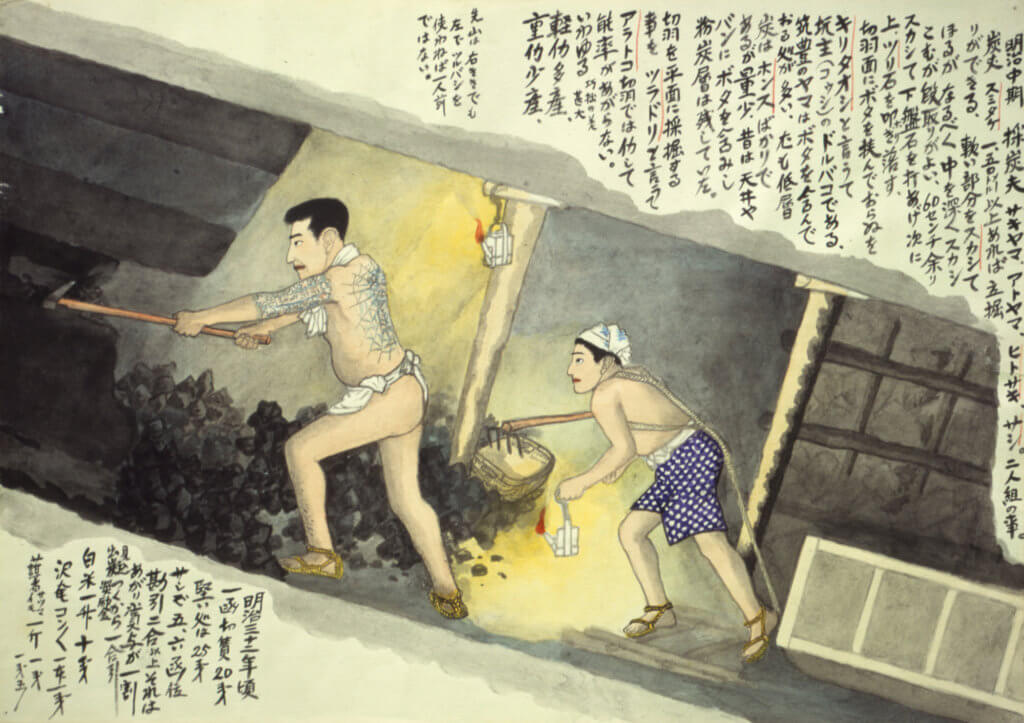Lives of Coal Miners in Japan
Lives of Coal Miners in Japan

Lives of Coal Miners in Japan registered at UNESCO 


On May 25, the paintings and diaries of Sakubei Yamamoto (1892 to 1984) who depicted the lives of coal miners in Fukuoka Prefecture were inscribed to UNESCO’s Memory of the World Program, which aims to preserve and promote accessibility to the documentary heritage of humanity. The Director General of UNESCO granted approval after the International Advisory Committee’s meeting held in Manchester, England. This marks the first time that Japanese documentary heritage has been inscribed to the Memory of the World Program.
The Memory of the World Program, also known as the UNESCO World Documentary Heritage, began in 1992 and so far 193 items from 76 countries such as the handwritten copy of the “Declaration of the Rights of Man and of the Citizen” from France and “The Diary of Anne Frank” have been registered as documentary heritage items.
Born in Fukuoka Prefecture, Sakubei Yamamoto began working in the coal mines from about the age of seven following in the footsteps of his father. Yamamoto worked in small- and medium-sized coal mines as a coal miner and blacksmith. From around the time Yamamoto started working as a coal mine guard at the age of 63, he began to draw pictures of the coal mines to convey the people’s lifestyles at that time to his grandchildren. It is said that Yamamoto made nearly 2000 drawings before his death at the age of 92.
(Photos courtesy of Tagawa City Coal-Mining Museum)


